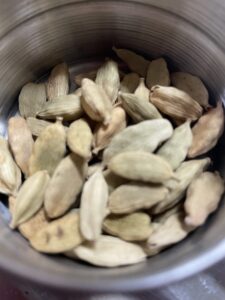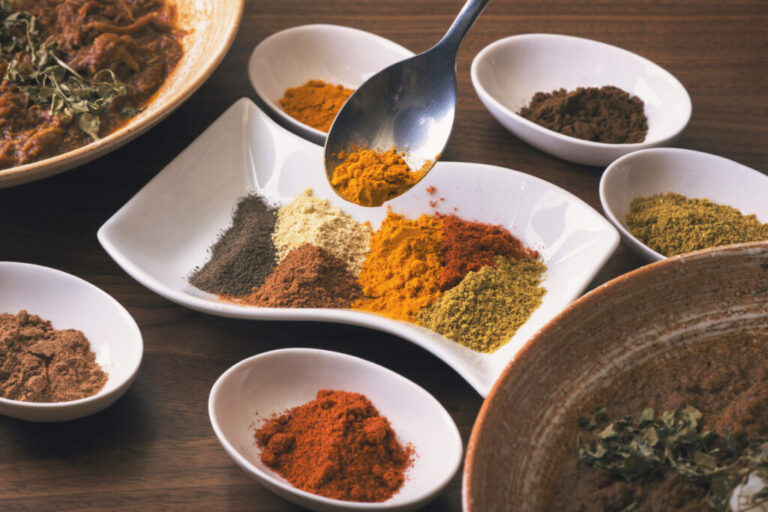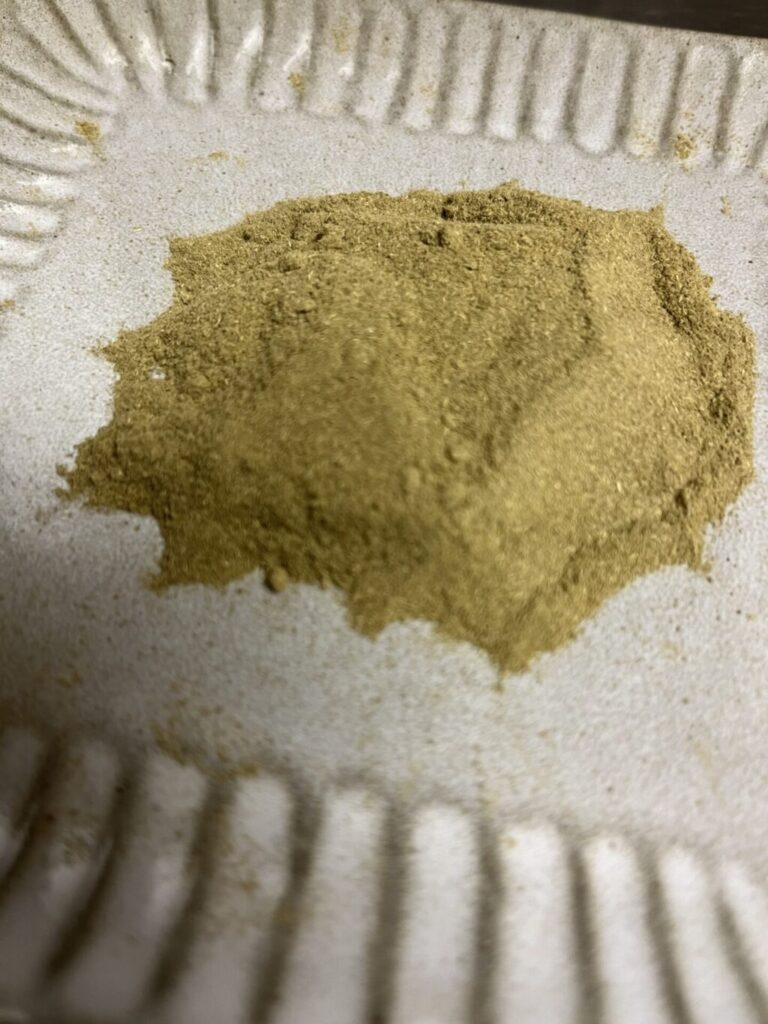
目次
ToggleQueen of Spices Green Cardamo
 Cardamom has a strong aroma, but with a mild, fruity thrust. It tastes like lemon with hints of camphor and eucalyptus. It has a warm, sweet and sour flavor, pungent and smoky, but also cool and refreshing. The berries ripen from September to December and are harvested when ripe.
Cardamom has a strong aroma, but with a mild, fruity thrust. It tastes like lemon with hints of camphor and eucalyptus. It has a warm, sweet and sour flavor, pungent and smoky, but also cool and refreshing. The berries ripen from September to December and are harvested when ripe.
History of Green Cardamom
She has been called the “Queen of Spices” for her high price and her fresh, elegant, aroma.
Green cardamom has a very long history and has been used as an herbal medicine and spice since BC. In India, it has been used medicinally since ancient times, and in ancient Egypt, it was used in temples as “holy incense smoke.
Cardamom was also cultivated in the gardens of King Baradan II of Babylonia (late 8th century B.C.), which were located in the Tigris and Euphrates River region.
Cardamom has also been enjoyed in Scandinavia since ancient times.
Its history dates back to the Viking Age (8th-10th century).
The Vikings invaded not only the coasts of Europe but also eastern Russia and raided Constantinople (Istanbul, Turkey) via Russia.
The Vikings brought cardamom back to their homeland and used it as a spice in their cooking.
Medicinal Effects of Green Cardamom
Green cardamom has a variety of medicinal effects, some of which are introduced below.
(1) Intestinal action
Cardamom contains terpinyl acetate, which promotes the secretion of gastric juice and mucous membranes and aids digestion.
When gastric juice and mucous membranes are secreted and the mucous membranes are soothed, upset stomach and excessive secretion of gastric acid can be suppressed.
It also improves gastrointestinal problems by removing gas buildup in the digestive system and in the town, thereby promoting digestion.
Furthermore, cardamom has aromatic stomachic properties.
This refers to the action of the herb’s aroma that normalizes gastrointestinal functions. Therefore, cardamom is recommended when you have a poor appetite or an upset stomach.
(2) Deodorizing effect
Cardamom contains a deodorant ingredient called cionaire.
Cionaire is an ingredient used in breath fresheners and clothing deodorant sprays.
Chewing cardamom after eating garlic can prevent bad breath.
(3) Perspiration effect
Cardamom improves blood circulation and stimulates sweating.
Sweating can help detoxification and weight loss.
Sweating can lower the body temperature, which is also effective for catching a cold.
On the other hand, it also improves blood circulation and warms the body when it is cold, making it an interesting spice that is effective for a variety of temperatures.
How to cook and store green cardamom, etc.
Cardamom has both sweet and spicy flavors.
It is one of the essential ingredients in many Indian spice mixes. It is used not only in cooking, but also in chewing tobacco for digestion and breath freshening.
In India it is often used in flavored teas, and in Arab countries cardamom is added to the spout of coffee pots to flavor them.
In Arab nomadic cultures, cardamom-infused drinks are said to be the first sign of hospitality to show respect to guests.
In Germany and Russia, it is used in spiced cakes, pastries, and breads.
The casings can be stored in an airtight container for a year or more, but the aroma and color will fade.
The milled seeds will lose their flavor and color more quickly. Also, commercial cardamom powders are easily adulterated and usually contain husks in any case, so it is better to grind it yourself.
Finally.
The green cardamom introduced in this article.
How was it? There is a similar spice called black cardamom, so please be careful when you buy it.
You will be surprised at the completely different aroma and flavor.
Next time, we will introduce “cumin,” a typical spice used in curry. Please look forward to it.






